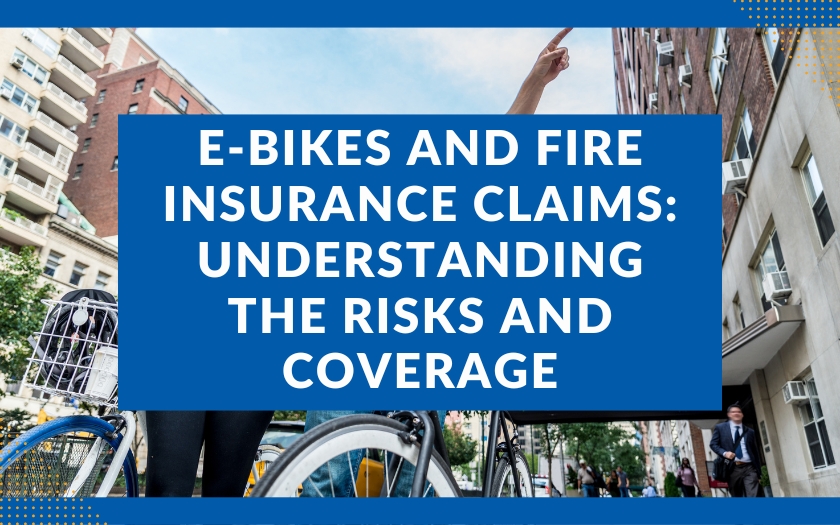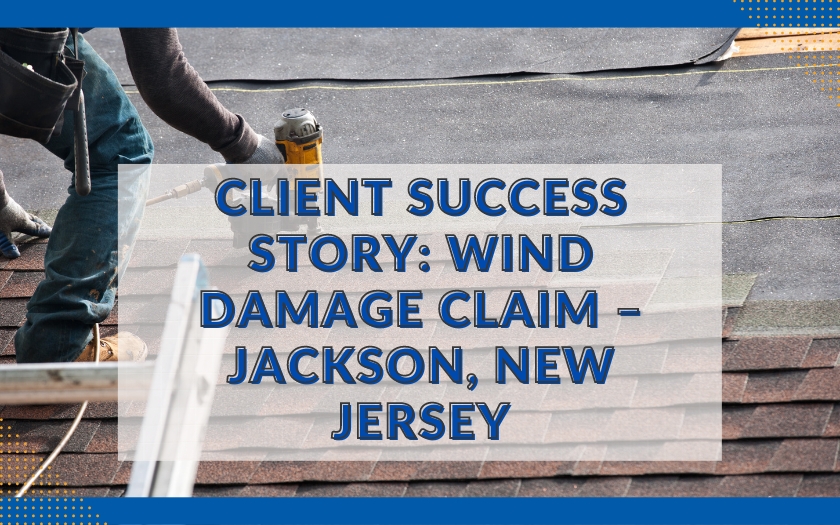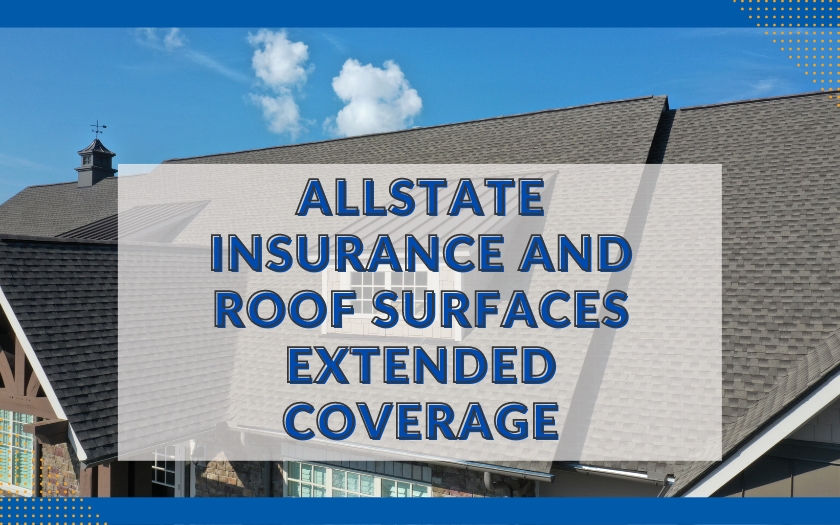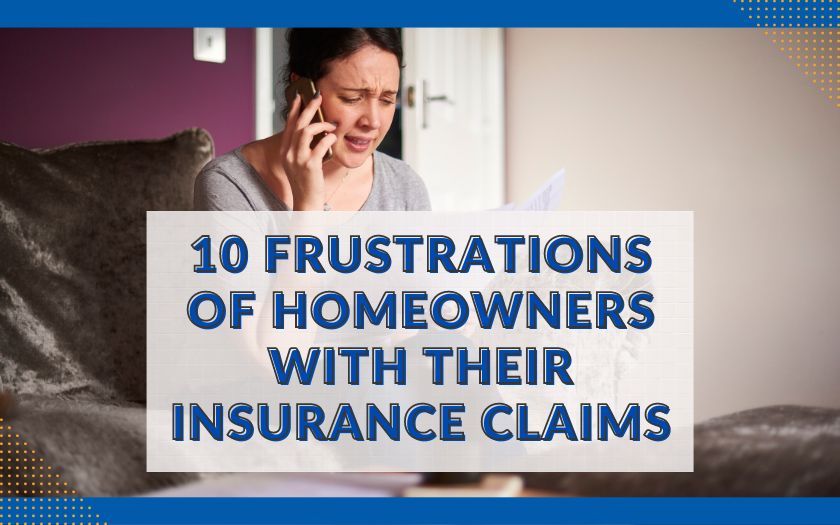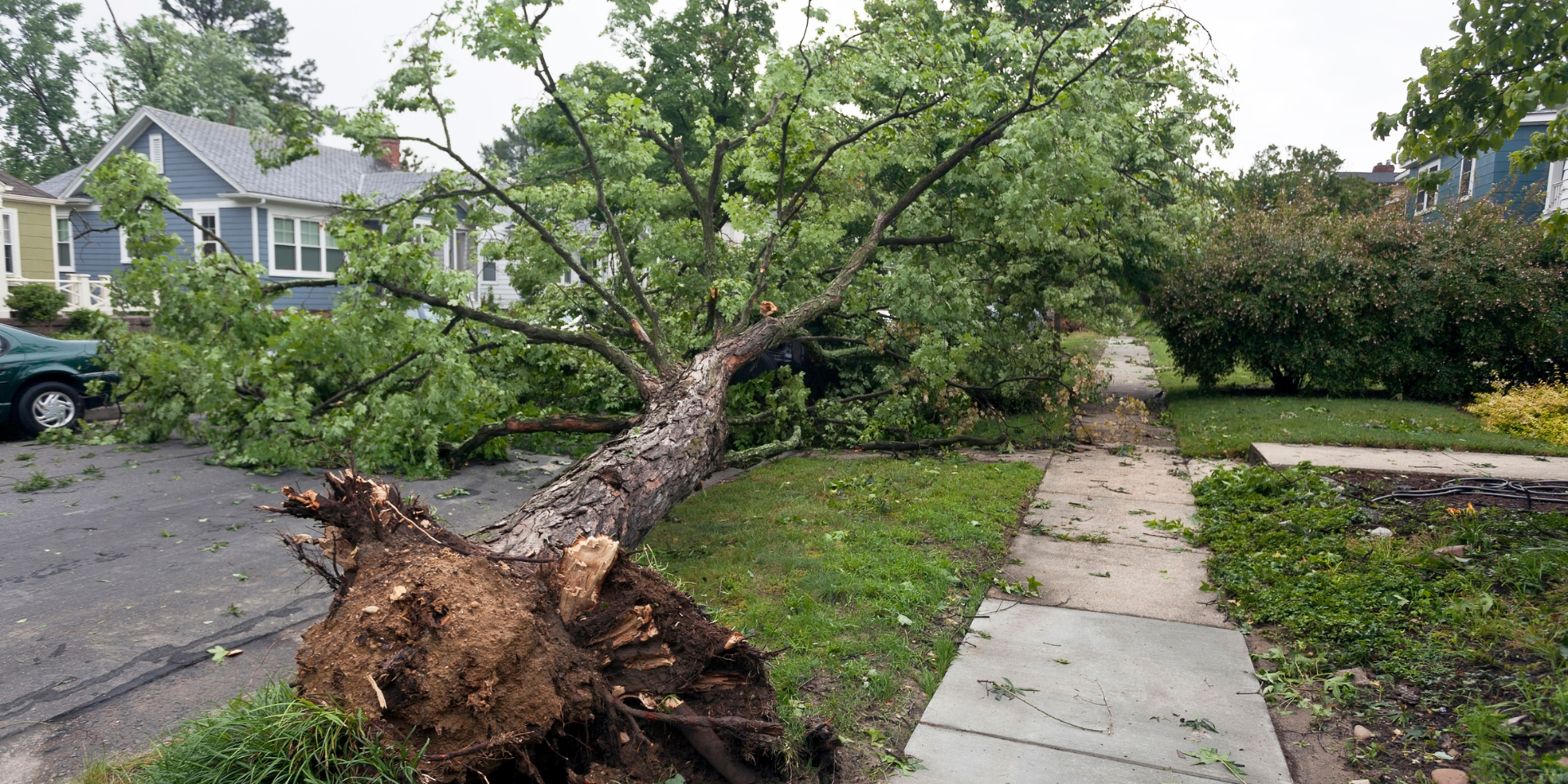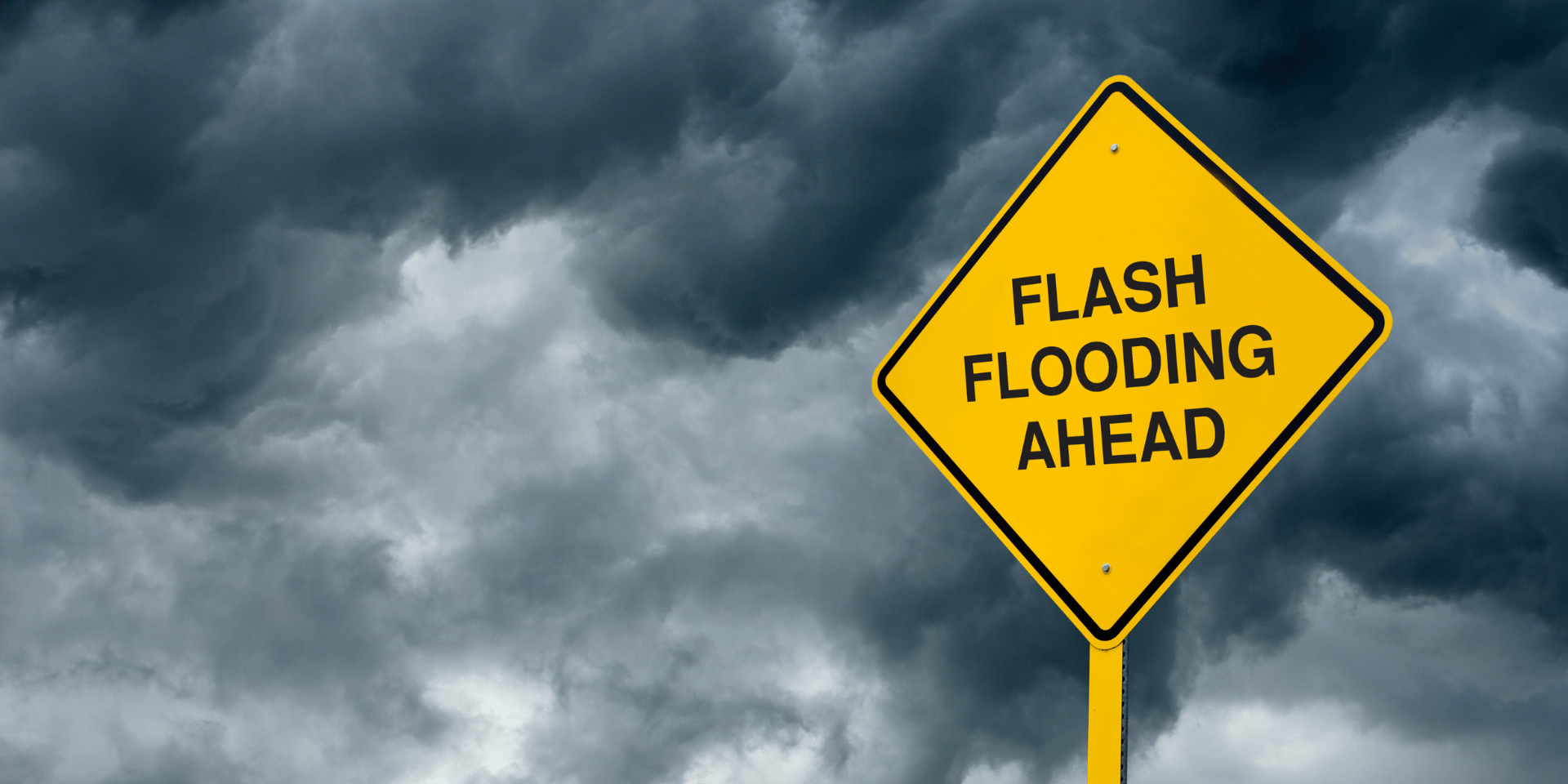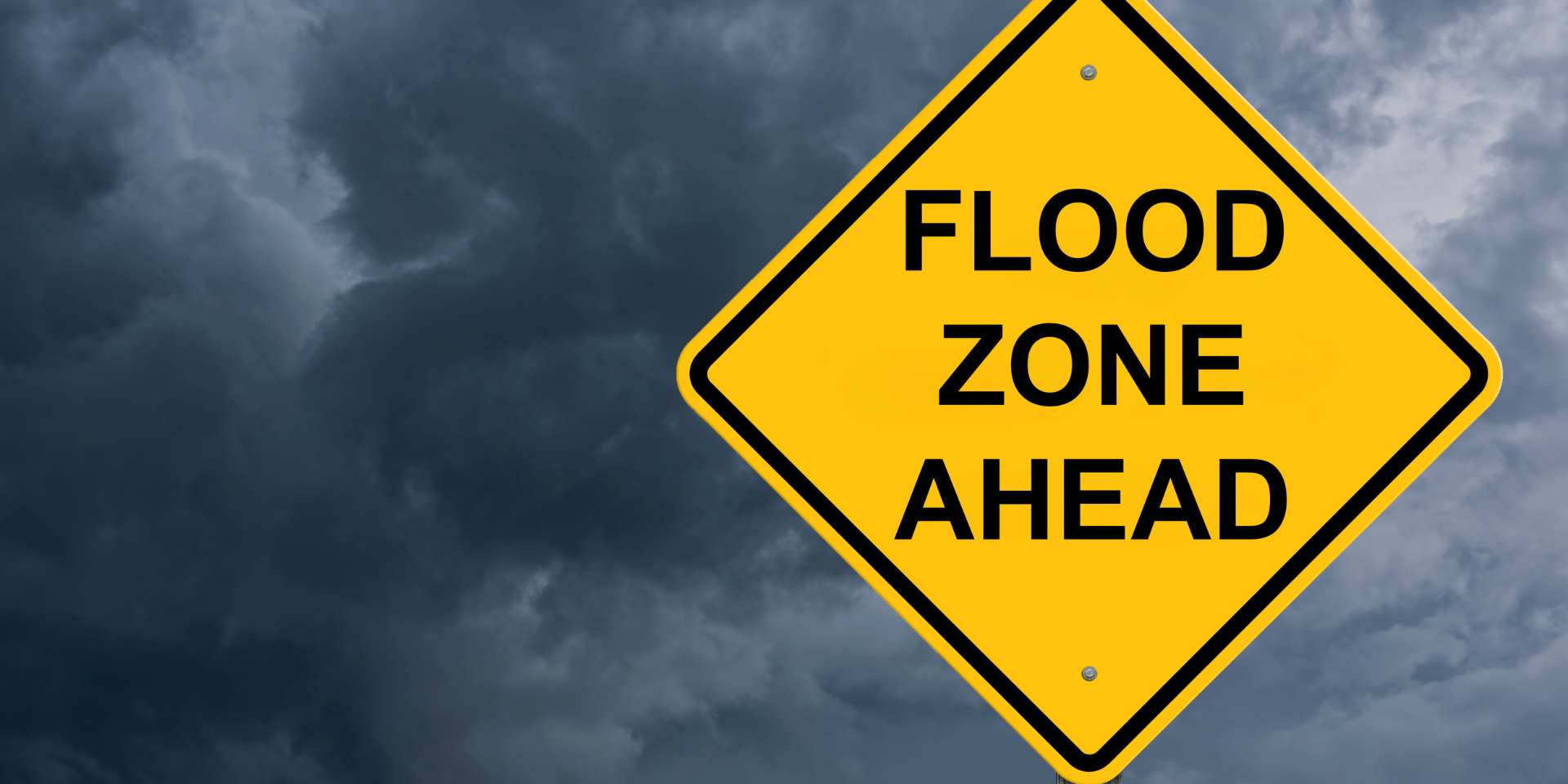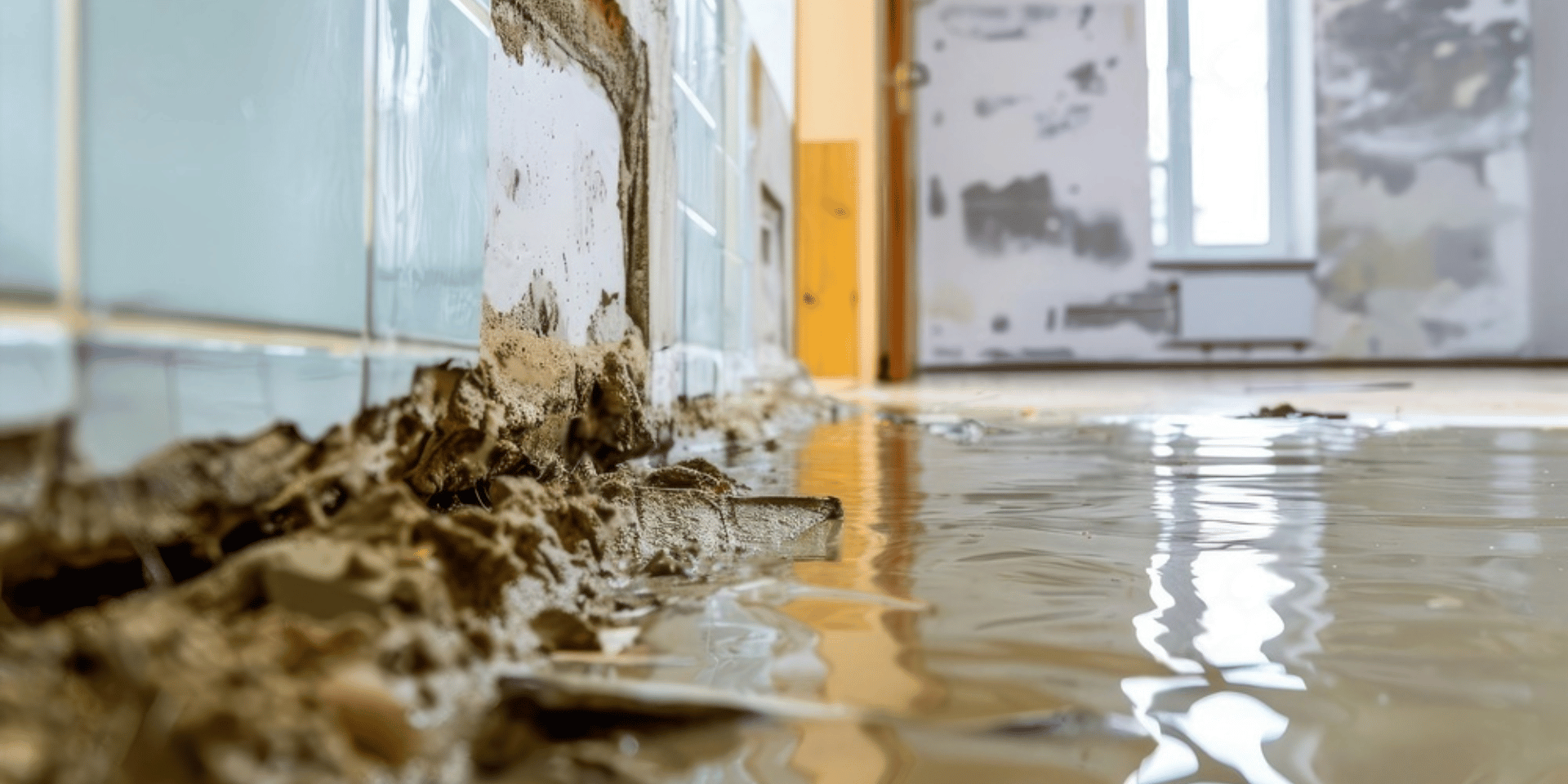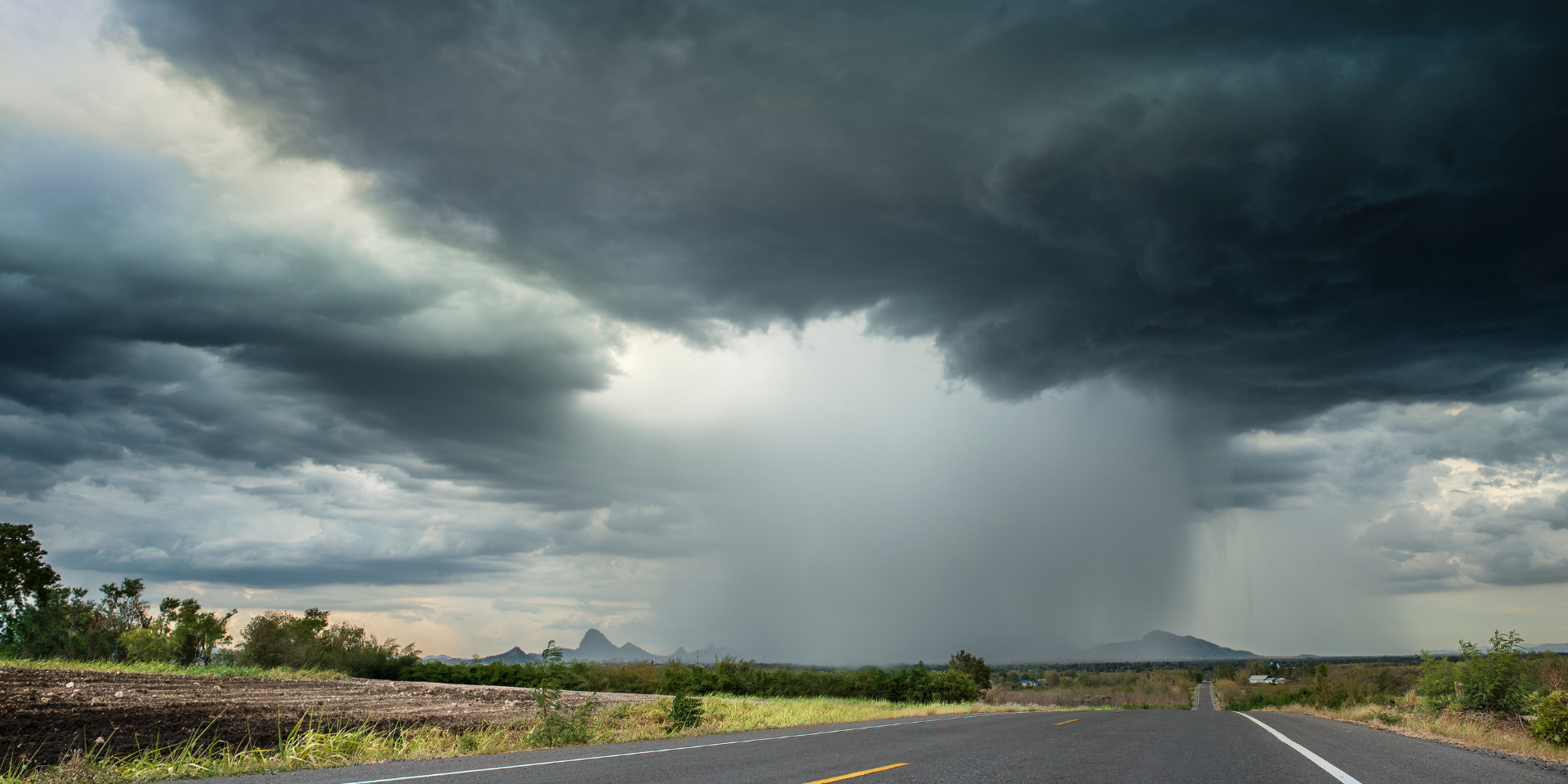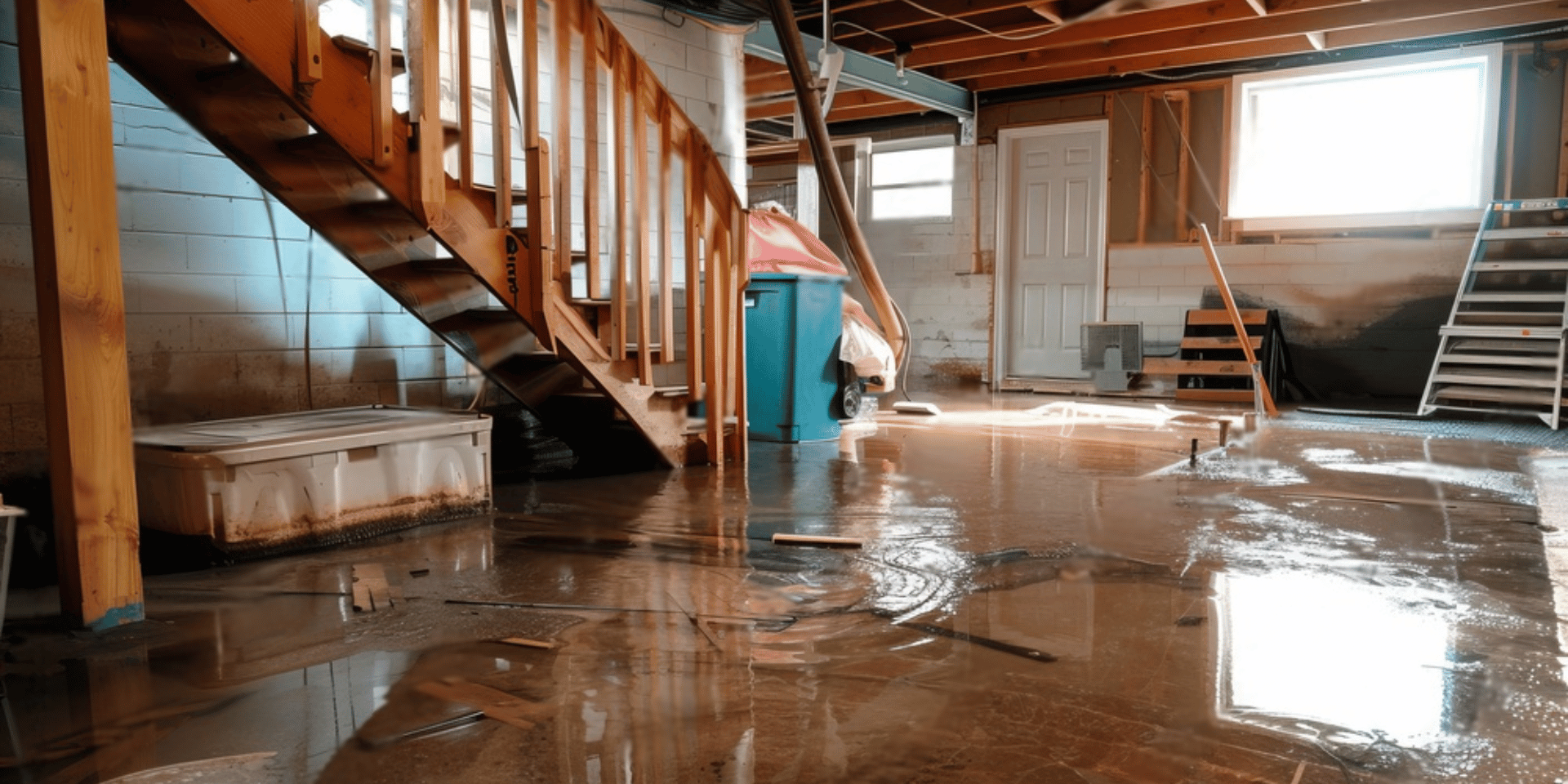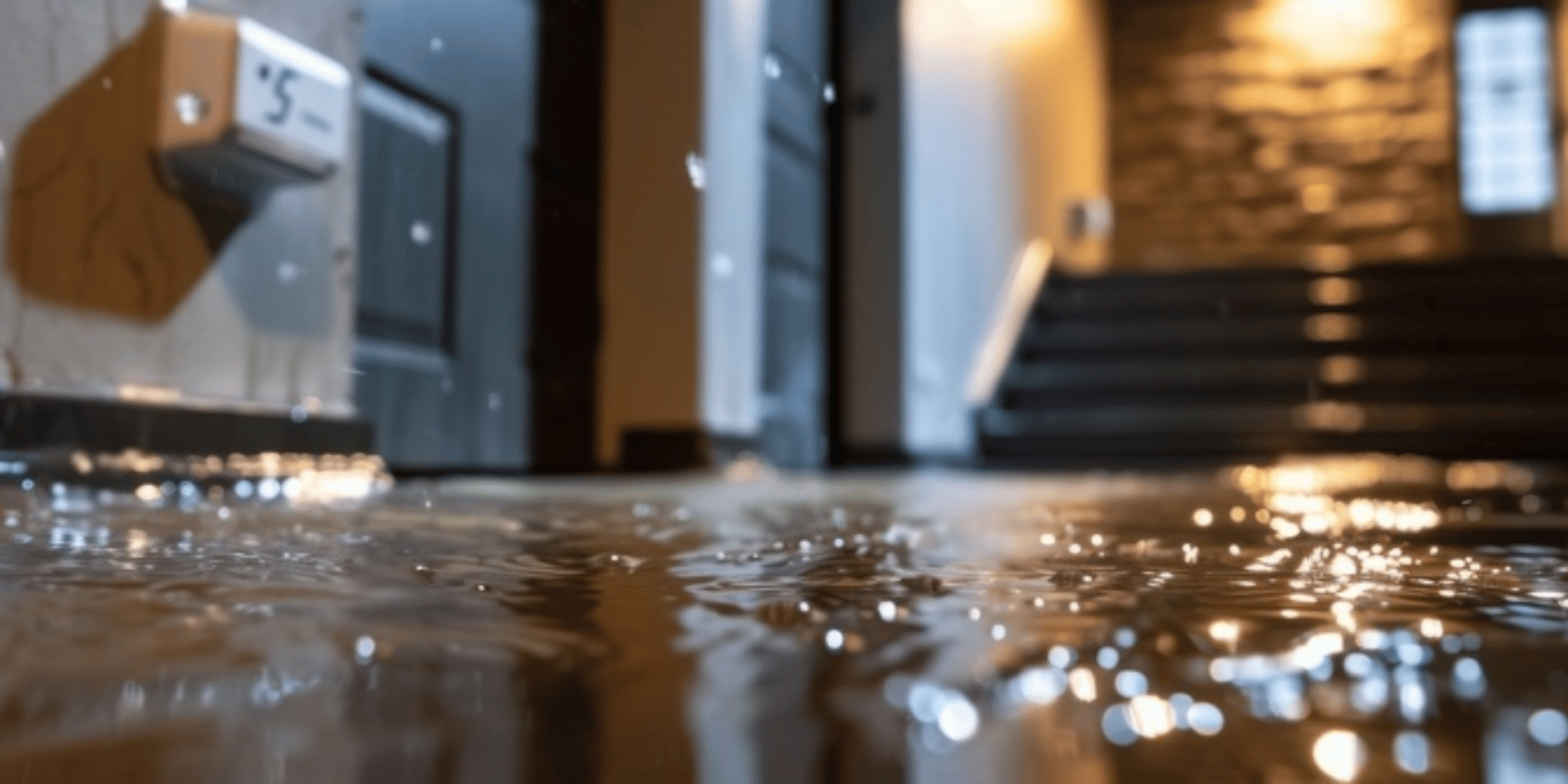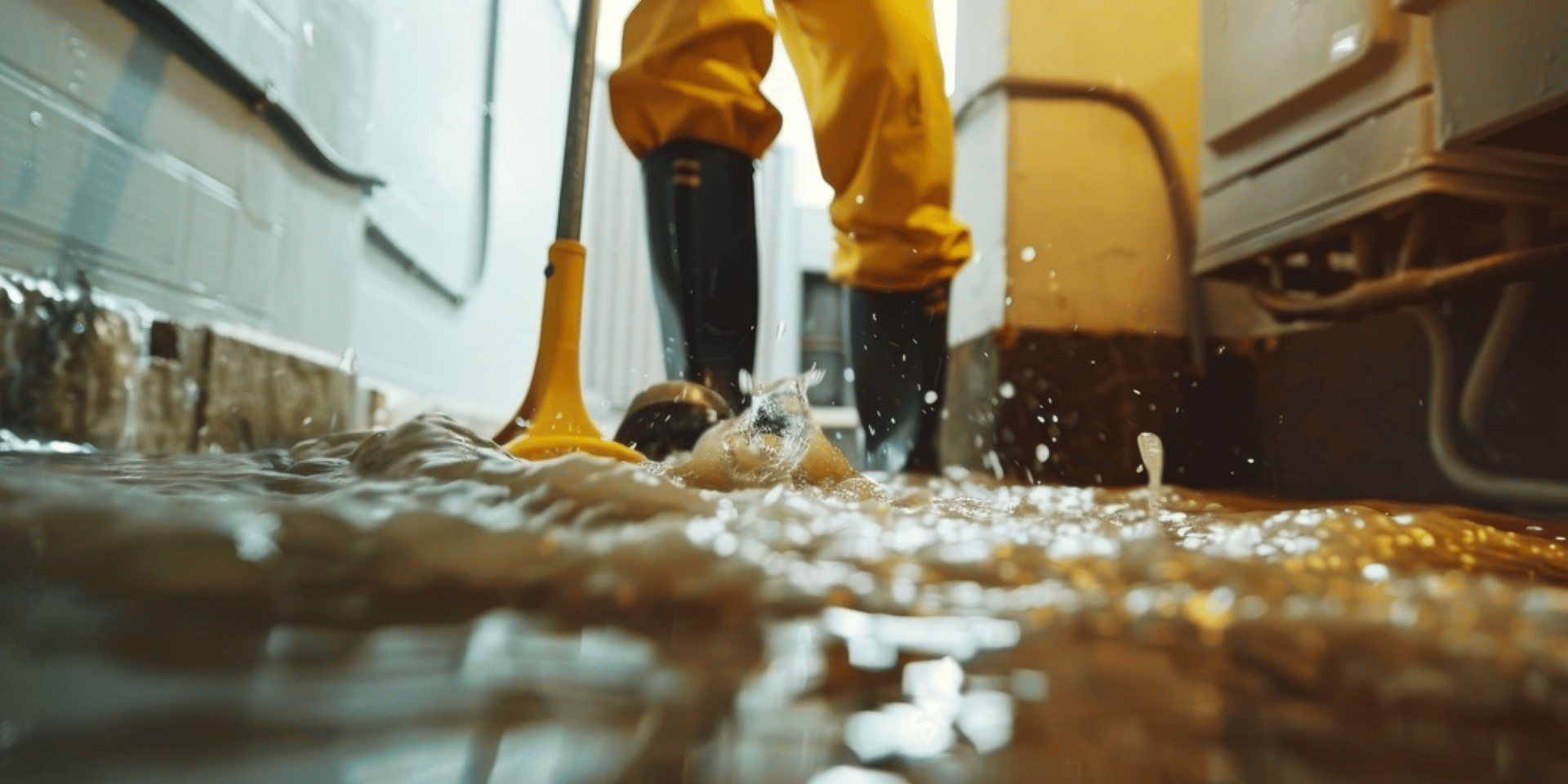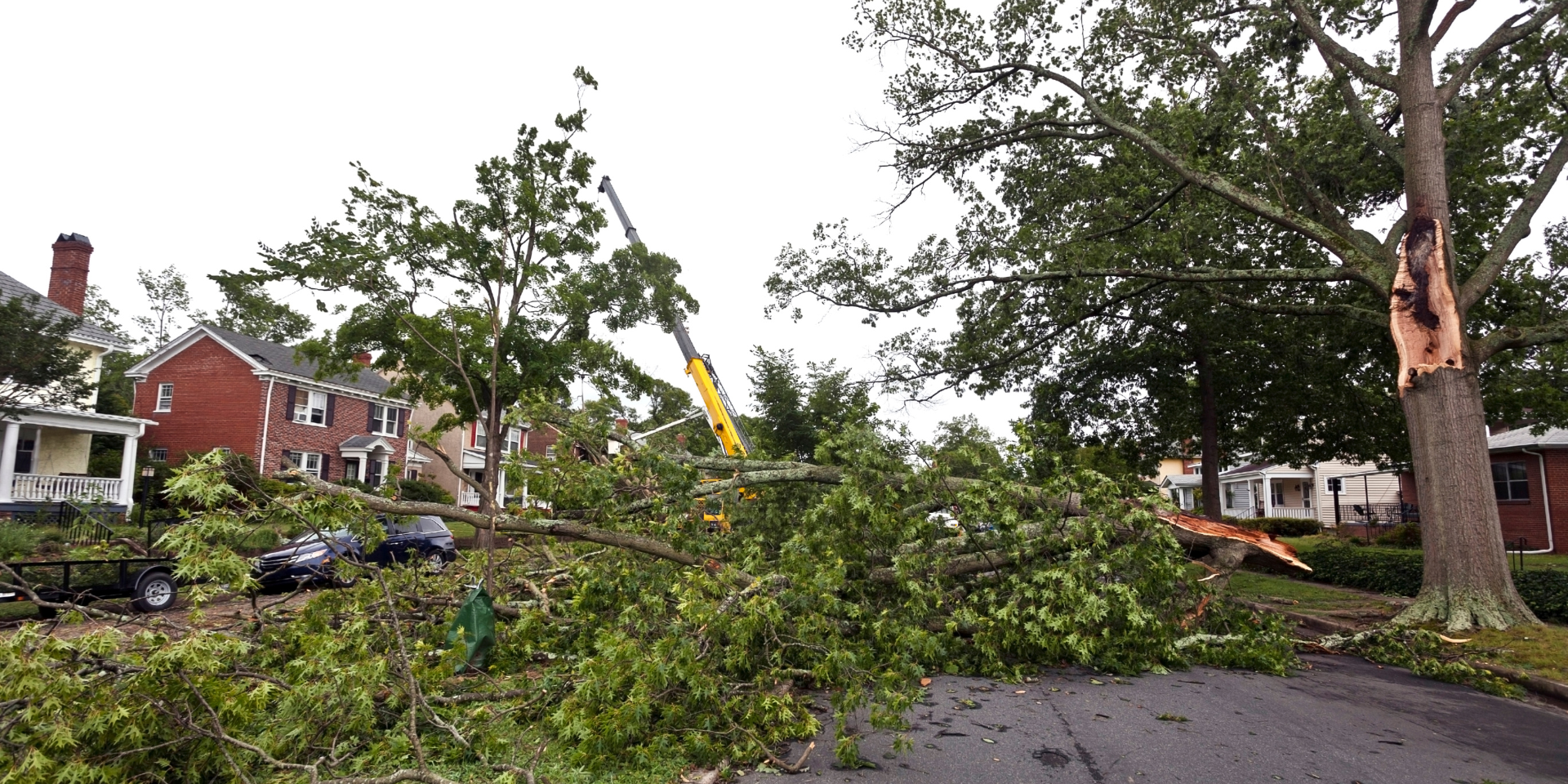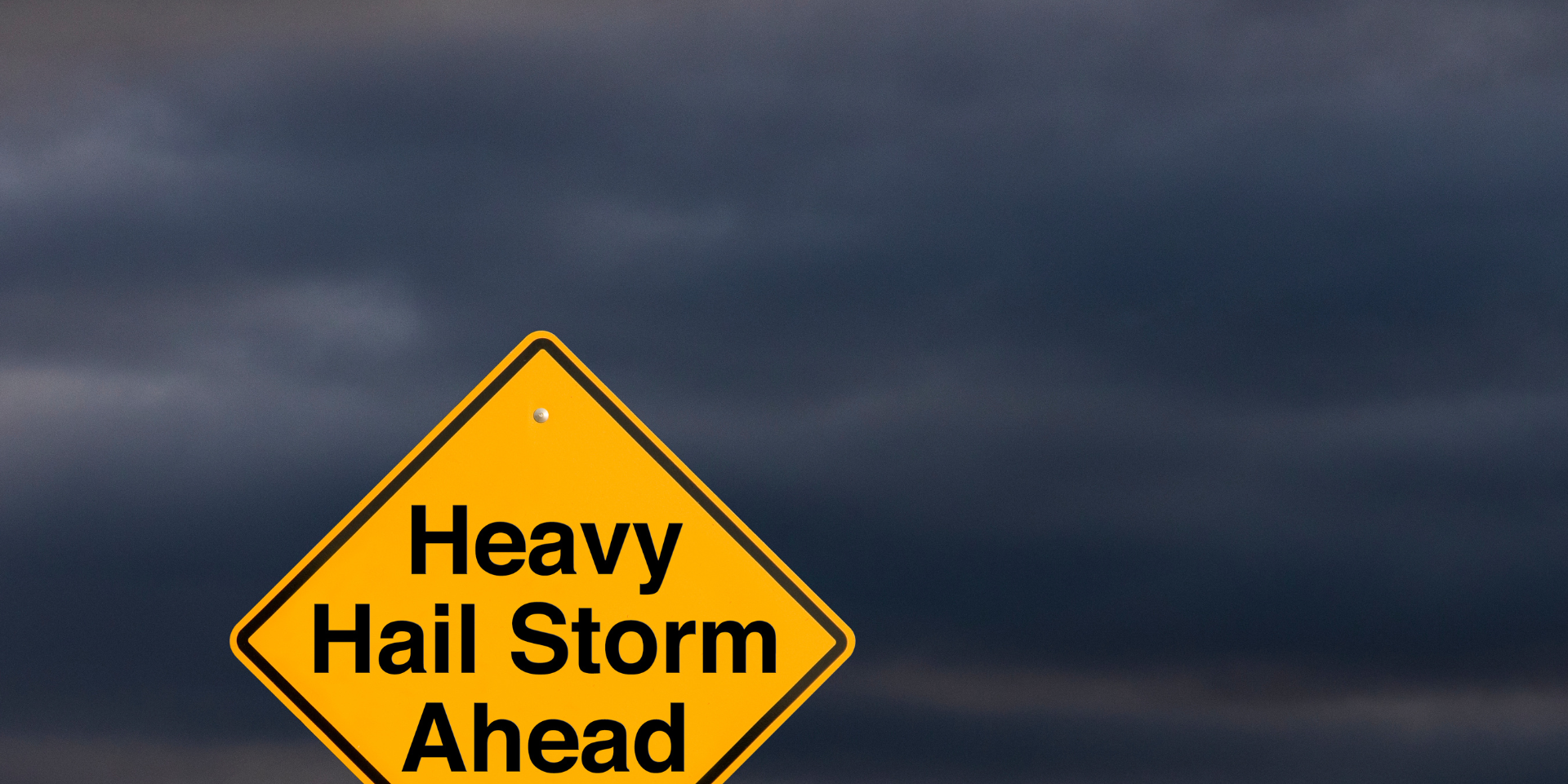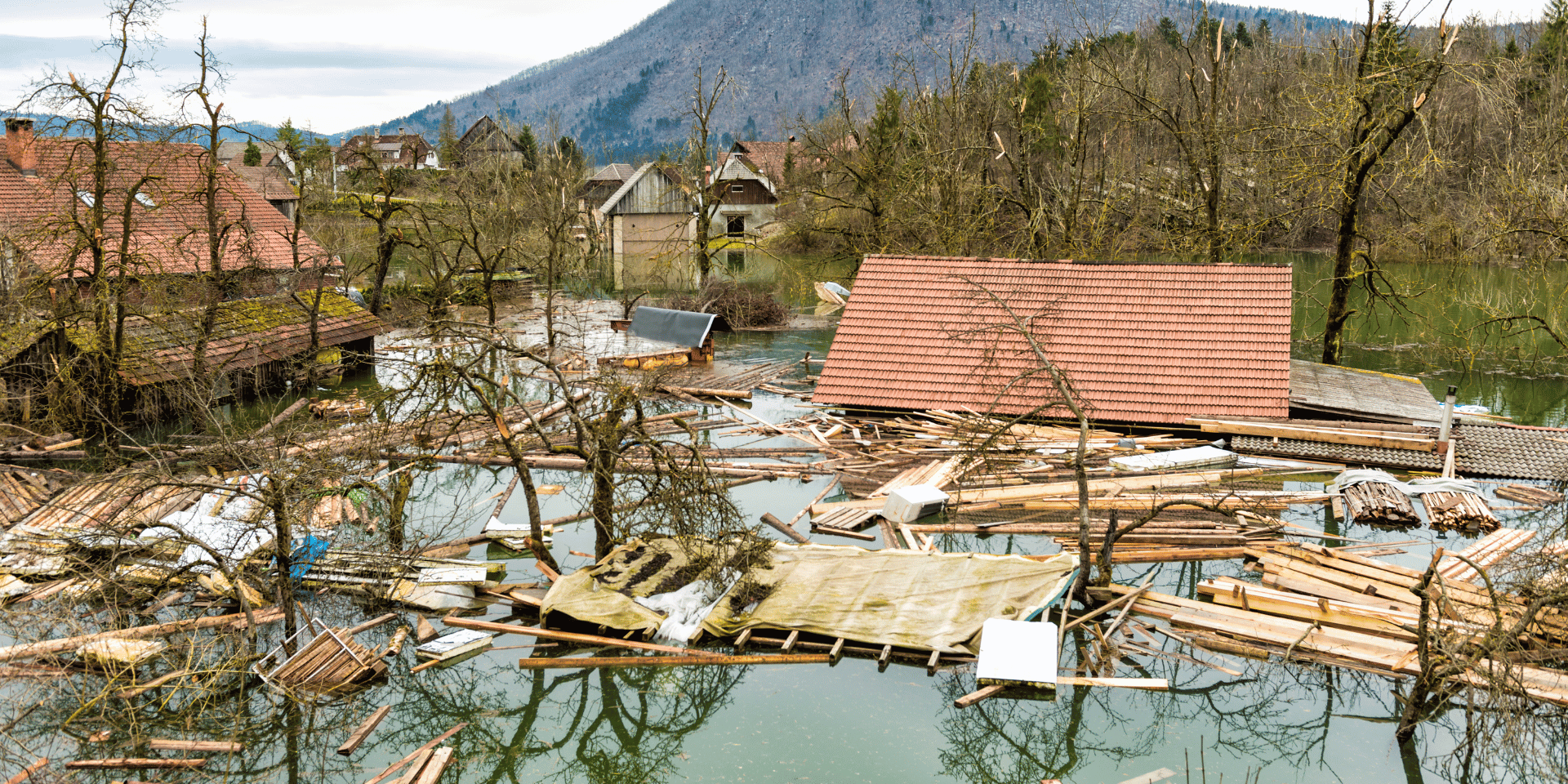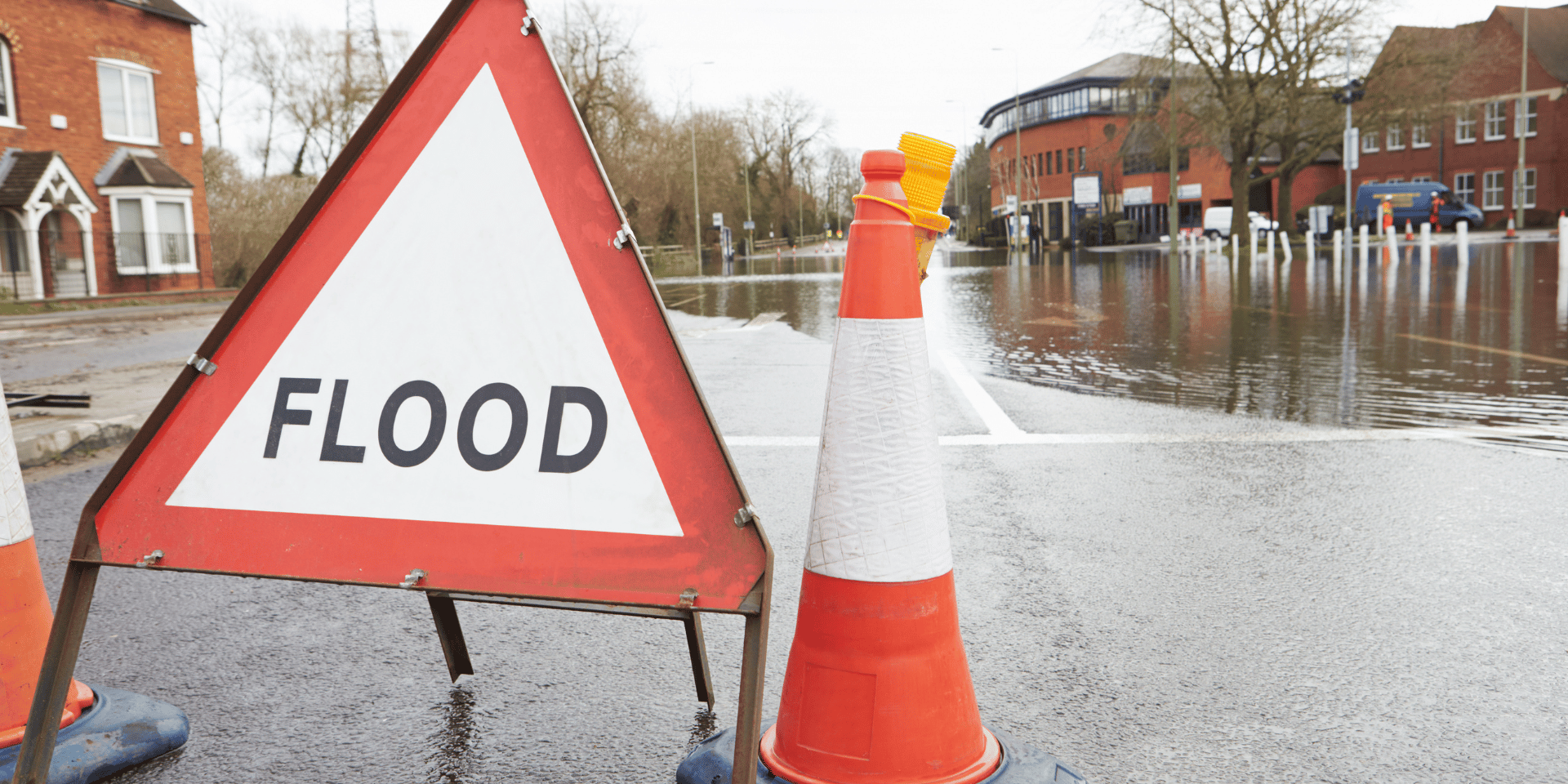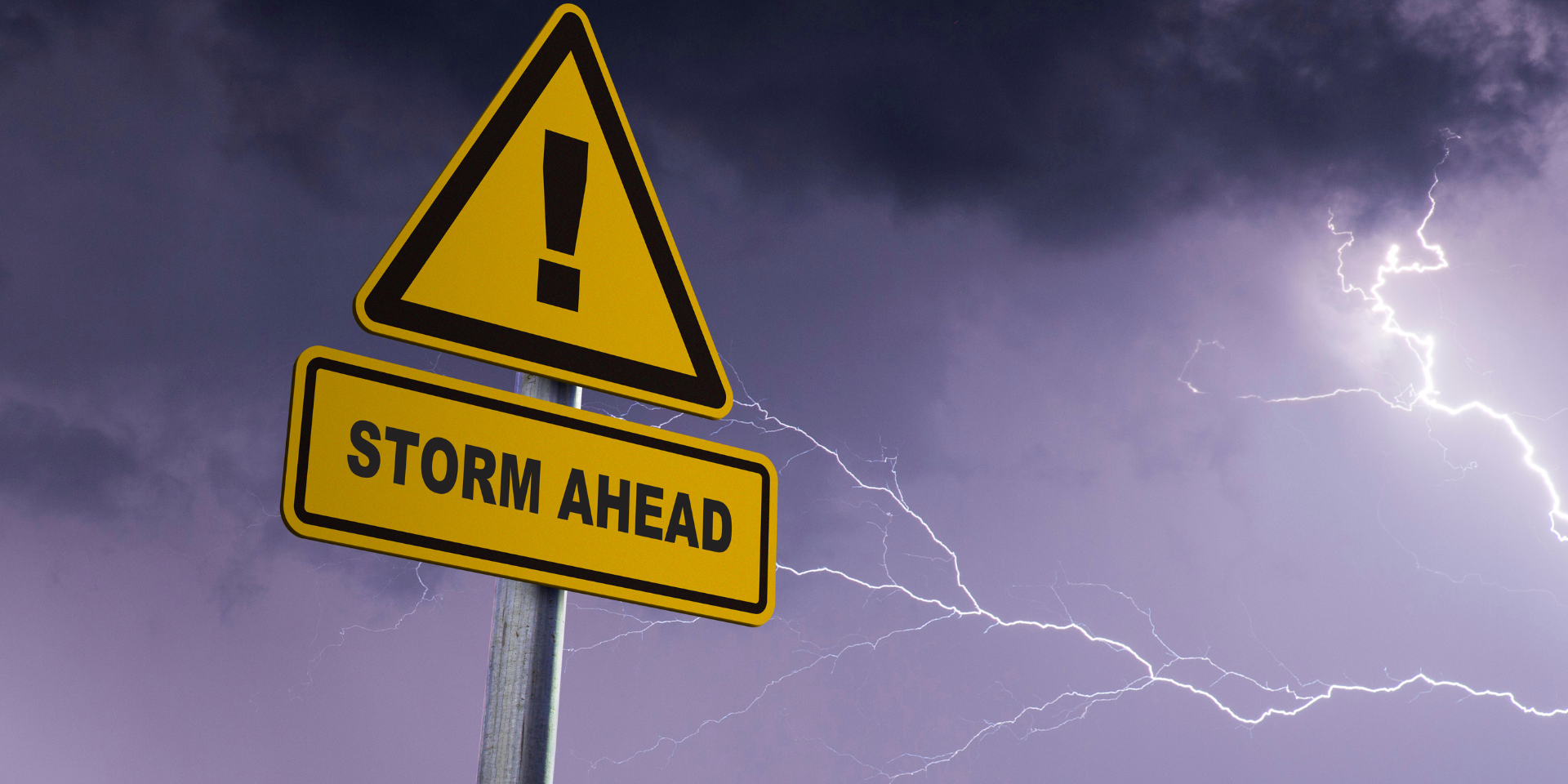Flat roofs are common on many residential, commercial, and industrial buildings due to their cost-effectiveness, ease of maintenance, and modern aesthetic. However, when it comes to insurance claims, flat roofs often present unique challenges. Understanding these challenges and knowing how to navigate them can make a significant difference in the outcome of your claim. In this article, we will discuss common issues with flat roof claims, the types of damages that are often denied, including seepage, and what makes a strong insurance claim for flat roof damage.
Common Issues with Flat Roof Claims
Flat roof claims are notoriously tricky, and homeowners often find themselves facing unexpected challenges when trying to secure coverage for roof damage. Here are some common issues that arise:
- Water Pooling and Leaks: Flat roofs are prone to water pooling, especially if the drainage system is inadequate or blocked. Prolonged water pooling can cause leaks, structural damage, and mold growth. However, insurers often argue that such damages are the result of poor maintenance rather than sudden and accidental events.
- Wear and Tear vs. Storm Damage: Insurance companies may deny claims by attributing the damage to general wear and tear, poor maintenance, or the natural aging of the roofing materials. This is a common rebuttal even when damage occurs during severe weather conditions.
- Seepage: Seepage is a gradual intrusion of water through the roof or walls, typically caused by long-term exposure to moisture or slow leaks that go unnoticed. Insurance companies often view seepage as a maintenance issue rather than a sudden and accidental event, which means it is usually excluded from coverage. This can be frustrating for homeowners who discover water damage that has been quietly building over time.
- Improper Installation: Flat roofs require expert installation to ensure proper drainage and prevent leaks. Insurers often scrutinize installation quality and may deny claims if they believe the damage was caused by improper workmanship rather than an insured peril.
- Inadequate Maintenance: Regular maintenance is crucial for flat roofs, including cleaning debris, inspecting drainage systems, and repairing minor issues before they worsen. Insurance companies may deny claims if they determine that neglect or lack of upkeep contributed to the damage.
- Delayed Reporting: Flat roof leaks can develop slowly over time, which means they often go unnoticed until significant damage has occurred. Insurers can deny claims if they believe the damage was not reported in a timely manner or if there was a failure to mitigate further damage once a leak was discovered.
Types of Flat Roof Damage That Are Often Denied
Understanding what types of damages are commonly denied can help you better prepare your claim and avoid pitfalls. Some common types of flat roof damage that are often denied include:
Gradual Water Damage and Seepage: If the insurance company determines that the damage resulted from long-term water exposure, poor drainage, or seepage, they may deny the claim, citing maintenance issues rather than a covered event.
Ponding Water: Insurers often argue that ponding water is a maintenance issue, not an insured peril. If water sits on the roof for extended periods and causes damage, the insurer may refuse to cover it, stating that it’s a preventable issue.
Roof Deterioration: Over time, flat roofs can deteriorate due to exposure to the elements. Insurers frequently deny claims by attributing damage to the natural aging of the roof, which is typically not covered by standard policies.
Damage from Improper Repairs: If past repairs were not conducted properly and contributed to the current damage, insurers are likely to deny the claim, stating that the improper repairs are the root cause rather than a covered event.
Roofing Material Defects: Damage arising from material defects is often excluded from coverage. If the materials used in the flat roof are found to be faulty or inadequate, the insurer may deny the claim, suggesting that the damage is due to poor material quality rather than an insurable event.
What Makes a Strong Flat Roof Damage Claim?
To improve your chances of a successful insurance claim for flat roof damage, it’s important to understand what makes a strong claim. Here are some key factors:
Documentation of Maintenance and Repairs: Keeping thorough records of maintenance, inspections, and repairs can help demonstrate that you have properly cared for your roof. This documentation is critical in countering claims that damage resulted from neglect or poor maintenance.
Timely Reporting: Report any damage as soon as you discover it. Prompt reporting is essential because delays can lead to further damage, which the insurer might claim could have been prevented with quicker action.
Detailed Evidence of Damage: Include clear photos, videos, and written descriptions of the damage. If possible, document the damage immediately after it occurs, especially in the case of a storm or other sudden event.
Independent Roofing Inspection: Consider hiring an independent roofing expert to assess the damage and provide a detailed report. This can serve as valuable evidence, especially if there is a dispute over the cause or extent of the damage.
Proof of Insured Peril: To make a successful claim, you need to prove that the damage was caused by a covered event, such as a storm, hail, or wind damage. Provide weather reports, witness statements, or any other documentation that supports your case.
Professional Advocacy: Enlisting the help of a public adjuster, like JF Public Adjusters, can significantly strengthen your claim. Public adjusters work on your behalf, not the insurance company’s, to ensure your claim is properly documented, valued, and negotiated.
How JF Public Adjusters Can Help
At JF Public Adjusters, we understand the complexities of flat roof claims and the tactics insurers use to undervalue or deny them. Seepage, wear and tear, and other factors often lead to denied claims, but our expertise ensures your damage is properly assessed and represented. Our team of experienced adjusters can help you navigate the claims process, gather necessary documentation, and present a compelling case to your insurance company. Whether you’re dealing with a denial, a low settlement offer, or simply want to ensure your claim is handled correctly, we’re here to help.
Don’t let flat roof damage go unaddressed or undercompensated. Contact us today for a free claim review and consultation. Let us help you get the settlement you deserve. Visit our website at jfpublicadjusters.com or call us at (917) 272-8793 to speak with an expert.
GET IN TOUCH!
The Leading Property Damage Experts Are Here To Help
CONTACT NEW YORK’S HIGHEST RATED PUBLIC ADJUSTER IMMEDIATELY BY CALLING OUR OFFICE OR BY COMPLETING THE FORM.
CALL US FOR FREE

